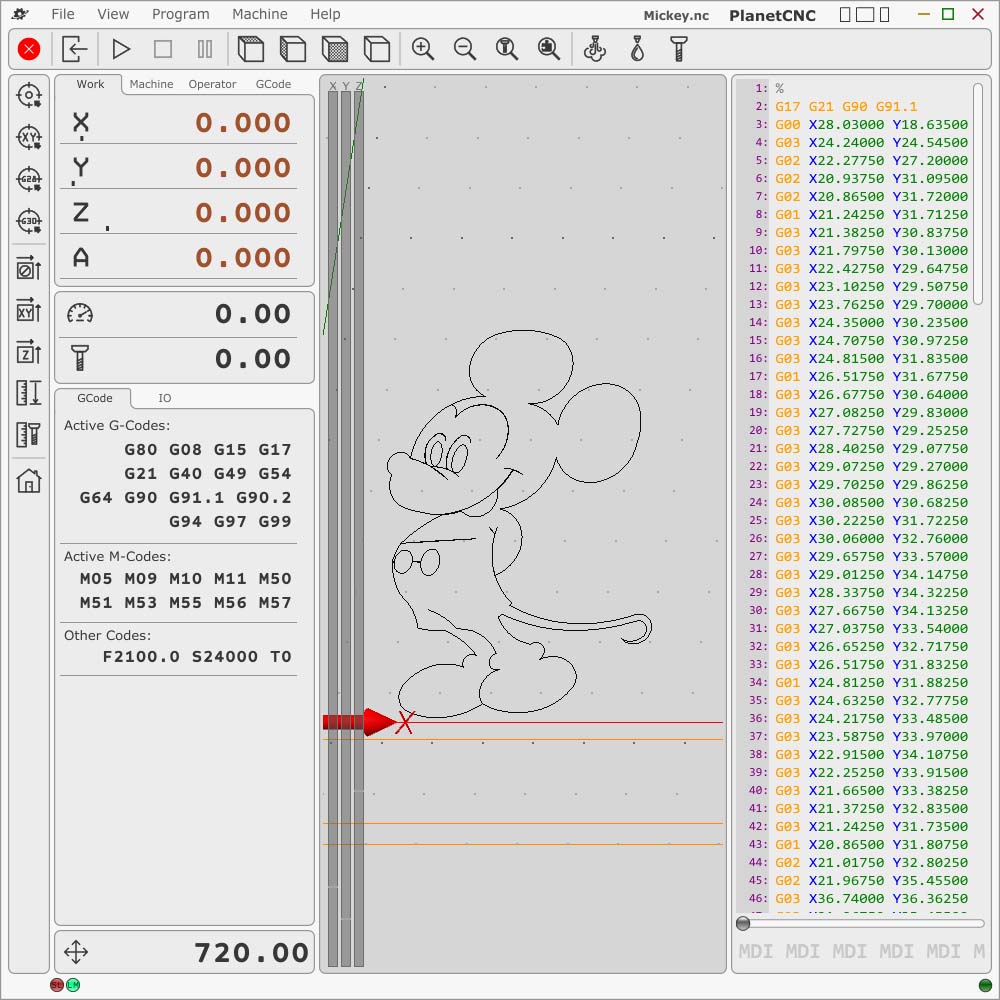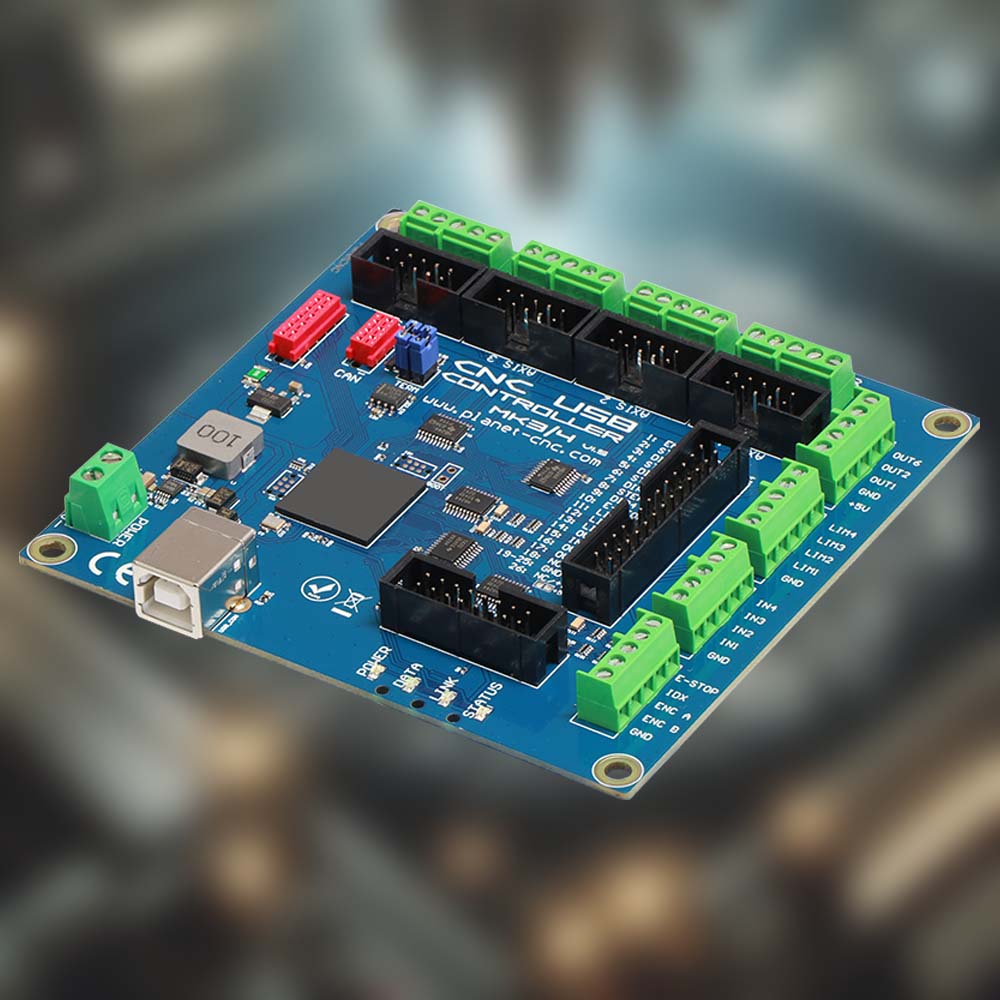What Is 3D Printing?
3D printing now uses more than just plastics and metals; it includes materials like concrete, biomaterials, and even chocolate. This innovative method uses the flexibility of additive manufacturing to create complex, custom products that are both functional and artistic. For example, concrete 3D printing is changing construction by quickly building structures like homes and bridges with less waste and more design freedom. Biomaterial printing is transforming medical and biotech fields by creating tissue and organs, which could lead to organ regeneration. Chocolate 3D printing is also becoming popular in the culinary arts, allowing for the creation of unique, intricate edible art pieces.
The technology for 3D printing with these unique materials is advancing quickly, opening up new uses. In construction, concrete 3D printers lay down layers of concrete based on digital designs, which cuts down on building time and labor costs and allows for new architectural shapes. In medicine, 3D bioprinters layer bioinks made from cells to form tissue structures or supports for growing cells. In the culinary field, 3D food printers work with chocolate or other food-safe materials, managing temperature and texture to make detailed treats that would be hard to make by hand.
Complex software and control systems are essential for managing the intricate processes of 3D printing with these materials. These systems need to be customized for each material's specific properties, such as how concrete flows, the fragility of biomaterials, or how chocolate melts. CAD software helps designers create and adjust their ideas with high precision, and slicing software turns these designs into instructions for the printers. This software breaks the design into layers and creates paths for the printers, adjusting for things like the hardening time for concrete, the survival of biological cells, or the cooling of chocolate. Real-time monitoring and adaptive controls are also crucial to adjust the printing process for any environmental changes or inconsistencies in the materials, ensuring high-quality and viable final products. This advanced technology integration is revolutionizing fields from construction and healthcare to gourmet food preparation.


What we recommend?
Choose PlanetCNC TNG software to get:
Comprehensive Compatibility: PlanetCNC TNG software works well with many CNC milling machines. This makes it easy to use the software with different types of equipment, ensuring you can handle many kinds of milling projects, from small prototypes to large productions.
Advanced Features and User-Friendly Interface: The software has many advanced options like full cutter compensation, advanced algorithms for shaping, and supports both 3D and traditional 2D milling. It is designed to be user-friendly, helping users do their work more efficiently and making complex tasks simpler.
Robust Support for G-Code and CAM Programs: PlanetCNC TNG software is compatible with G-code from leading CAM (Computer-Aided Manufacturing) programs. This means you can easily bring in and use designs from various CAD/CAM software, making your work process smoother and decreasing the chance of mistakes when moving from design to actual milling.
Choosing between the PlanetCNC Mk3/9 and Mk3/4 controllers depends on several factors including your specific needs, budget, and the complexity of your CNC operations. Here are some recommendations to consider:


Choose the Mk3/9 Controller if:
You Require More Inputs and Outputs: If your CNC operations involve complex setups or you anticipate needing to manage multiple tools and processes simultaneously, the Mk3/9 controller's increased number of inputs and outputs can be extremely beneficial. This would be especially useful in production environments where automation and precision are critical.
You Need Ethernet Connectivity: The Mk3/9’s Ethernet capability enhances robustness to connect seamlessly with other components for stable integration into modern workshop environments. This is particularly valuable for noisier environments that have lot of equipment that produces electrical interference.
Future Expansion: If you plan to scale up your operations or think you might need to upgrade your system capabilities in the future, investing in the Mk3/9 could save you from needing to buy a new controller later on.


Opt for the Mk3/4 Controller if:
You Are on a Tight Budget: If cost is a significant constraint, the Mk3/4 offers a more budget-friendly option that still delivers the core functionalities needed for efficient CNC milling.
Your Operations Are Less Complex: For smaller operations or if you're just starting out and don't require a large number of inputs and outputs, the Mk3/4 controller should suffice. It provides the essential features needed for effective CNC control without the additional cost for capabilities that you may not use.
Simplicity is Key: If your project or workshop benefits from a straightforward setup without the need for advanced networking, the simpler Mk3/4 can meet your needs effectively.
In summary, if your operations and future plans justify the need for more connectivity and versatility, and the budget allows, the Mk3/9 is likely the better choice. However, if you are looking to save money and your current requirements are modest, the Mk3/4 will serve you well.

